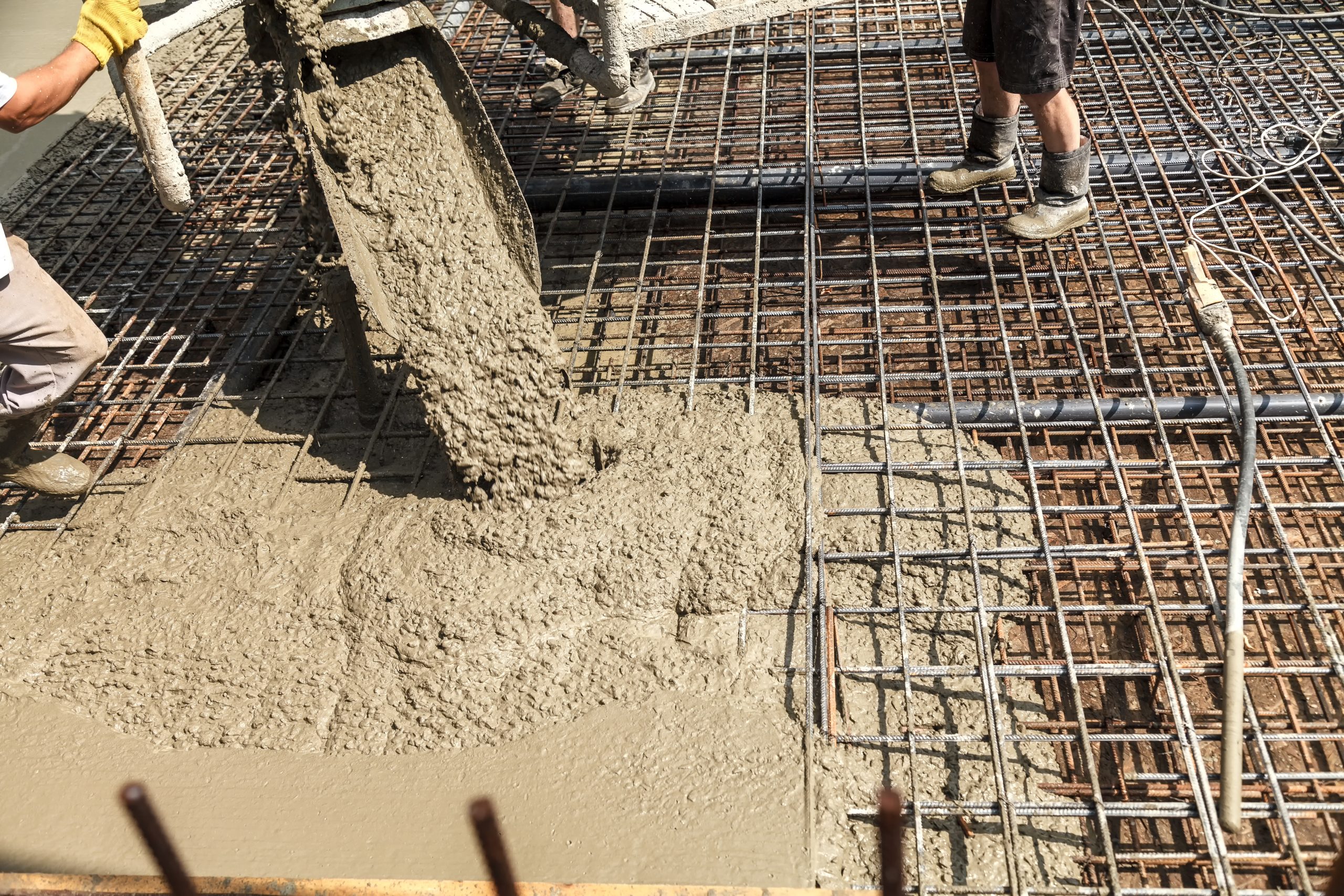
Since it depends on the ideal results, not all home improvement experts, agree on whether concrete paint or concrete stain is better. Concrete stain penetrates the surface to color it translucently, while opaque concrete paint coats the surface but is prone to chipping and peeling if misapplied. Concrete stains are easier to apply, dry quicker, and work with than concrete paint, but they don't provide much protection. An elastomeric paint made for masonry covers and protects the concrete's surface while keeping it from absorbing moisture, and it won't chip or peel if the concrete is adequately prepared. Finally, the best choice is determined by how you plan to use the product.
The water-based stain, which goes on quickly after you clean the concrete, is the easier choice of the two primary forms of concrete stains. To avoid fading, it's usually best to apply a sealant afterward. Acid-based stains respond to the concrete's additives, have fewer color choices, and are a little more challenging to use than water-based stains. If you want to intensify the color of a water-based dye, you may need to apply it more than once. Concrete stains provide a decorative choice for coloring concrete floors, but they do not provide any protection. When misused, acid-based stains can cause severe skin, eye, and lung irritation.
Manufacturers have developed two-part epoxy concrete floor covering items that do not require you to seal or prime the concrete beforehand, as long as it is clean. This is a popular option for garage floors. The epoxy coating leaves a glossy surface that is often impregnated with bits of color or aggregates for a decorative touch. When properly cared for, these sealed surfaces will last a long time. Like the other choices, Epoxy is unsafe to use and should be performed in a well-ventilated environment.
Concrete paints fully cover and secure the concrete surface, but they necessitate extensive preparation. Clean the concrete with degreasers to remove any oil or grease stains, then muriatic acid to remove any curing chemicals on the surface before applying a concrete color. (Inhaled muriatic acid is exceptionally harmful, and long-term exposure can lead to circulatory failure.) Until dealing with muriatic acid, exercise caution and read all directions thoroughly.) Until applying a concrete color, seal the concrete with a primer-sealer product to avoid moisture retention. Concrete paint, like a concrete stain, can be used both indoors and outdoors.
When laying down fresh concrete for a patio, you can also paint it. This form of stain penetrates the concrete and becomes a permanent part of it. Masons also use color in concrete when stamping driveways, walkways, and sidewalks to make them look like brick, paving stones, or natural stones.
Concrete stains can be used to paint concrete on both interior and exterior surfaces; when sealed and polished, they provide a high sheen floor that is easier to use for interior decorative floors or outdoor patios. Since stains are invisible, they cannot conceal any defects in the concrete. Concrete paints are also decorative, but they're best for applications where the concrete also needs to be sealed and protected, such as inside a garage or basement or where you want to cover damaged or painted surfaces. Epoxy paint is similar to resins in that it requires the addition of a catalyst to activate. These goods are best used in high-traffic areas like garages and workshops. The disadvantage of these paints is that you must apply all of the paint after the catalyst has been added, and once it has hardened, it is no longer available. Since some of the additives and acids used can be very dangerous to introduce, both products have quality concerns that must be addressed.
Paint is an excellent way to conceal a concrete surface. There's a wide range of colors to choose from, and it provides an opaque finish that makes the concrete appear very uniform. If the painting doesn't appeal to you, try using a concrete stain instead. The stain would have a more transparent finish, and stains are available in a variety of colors. Since concrete is made up of various compounds, the stain elements can bind to various compounds in the concrete, giving your floors a distinct but colorful appearance.
Because of its durability and flexibility, concrete flooring is becoming more common. Since most houses have concrete foundations, it's an excellent option for outdoor areas like patios, but it's also common for basement floors and walls. Concrete's light gray hue is one of the most significant drawbacks in terms of aesthetics.









Brothers Concrete Contractors
© Copyright 2020 -All Rights Reserved by BizBitz